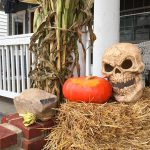by Paula D.
on December 23, 2024 4:48 pm in Food / Recipes
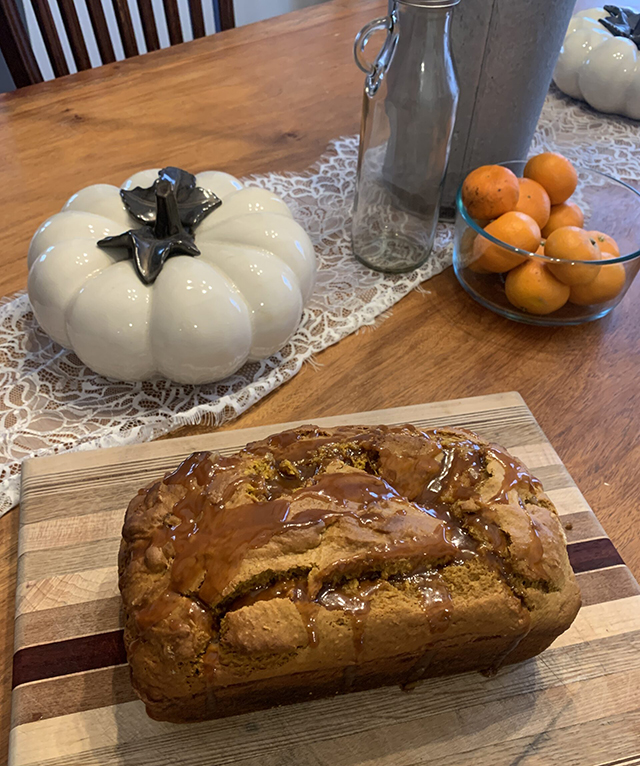
Pumpkin bread will keep at room temperature in an airtight container for up to five days or refrigerator for up to seven days.
Doing is the easiest way to get better at anything. Just keep trying and learn from your mistakes. Even Martha Stewart has made her share of “mistakes.” But what really qualifies as a mistake, anyway?
Martha Stewart was the first social media influencer. She taught us about lifestyle living by blending practical everyday tasks with elegance, showing us that cooking, decorating, and entertaining is an artful expression of creativity and our personal style. With that, Martha is undeniably a force. She’s tough—the kind of woman society sometimes doesn’t want to see thrive. Have you watched her new “I don’t give a sh$*T” documentary, Martha, yet? You need to.
In celebration of Martha Stewart, here’s a classy, seasonally appropriate recipe to try – spiced pumpkin bread. I’ve made this twice so far. The first time, all the butter bubbled over and smoked out my whole house. It was a situation, to say the least. And that was a real mistake. It probably happened because I didn’t fully melt the butter first, like the recipe directed. Martha would’ve absolutely scolded me, and rightfully so. The second time, it was “Martha perfect!”
Adjust the spices to your taste—I doubled everything from the original recipe below. For example, instead of 2 teaspoons of ground cinnamon, I used 4 teaspoons. This is an everyday pumpkin bread: soft, mild, and perfect with a cup of coffee in the morning or tea in the evening. Or bake this for Thanksgiving with a festive twist—drizzle some caramel or chocolate glaze on top for that holiday pop! Tag Martha (@marthastewart48) and me (@theglorifiedtomato) on Instagram with your perfect lifestyle photo and we, (or maybe just I) will share!
Ingredients:
Unsalted butter, room temperature, for pans
3 ¼ cups all-purpose flour
3 teaspoons baking powder
½ teaspoon baking soda
2 teaspoons ground cinnamon
½ teaspoon freshly grated nutmeg
¼ teaspoon ground allspice
¾ teaspoon coarse salt
1 15-ounce can pure pumpkin
1 cup granulated sugar
1 cup packed dark-brown sugar
4 large eggs
12 tablespoons (1 ½ sticks) unsalted butter, melted
½ cup low-fat buttermilk
Instructions:
- Step 1: Preheat the oven to 350°F and prepare loaf pans – Butter two 8 ½ X 4 1/2-inch loaf pans.
- Step 2: Combine dry ingredients in a large bowl, whisk together flour, baking powder, baking soda, cinnamon, nutmeg, allspice, and salt.
- Step 3: Combine pumpkin puree and sugars in a different mixing bowl and beat with an electric mixer until combined – 3 minutes. Add eggs and melted butter , beat to combine.
- Step 5: Add flour mixture and buttermilk with a mixer on low, add flour mixture in two batches, alternating with the buttermilk and beginning and ending with the flour; beat to combine.
Note: Maybe this is why I’m not a good baker (yet), but the steps felt overwhelming to me, so I just threw everything into one bowl and mixed it all at once. I turned out great—so take it or leave it…
Step 6: Bake. Fill pans with batter and divide batter between prepared pans; smooth tops. Bake, rotating once, 70 to 80 minutes for large loaves, 45 minutes for small. Transfer to a wire rack to cool for 10 minutes. Turn out of pans, re-invert onto a wire rack, and cool completely.
Note: I bought a whole container of buttermilk and so much was leftover. I might try Marther’s sub next time for a “less waste” approach: instead of buttermilk, add 2 tablespoons of acid (white vinegar or lemon juice) to 1 cup of milk or plant-based milk. Mix and let sit for 5 min. Thicken.
by Paula D.
on December 23, 2024 4:43 pm in Food
Design by Paula DiGioia
Warhol drank a lot of soup. He claimed to have had Campbell’s soup for lunch every day for over 20 years.
To start, I’d like to follow up on the Beach 91st Street Community Garden’s Thanksgiving Food Drive and thank everyone who has donated so far! We are so impressed and overwhelmed by the response. The garden is accepting non-perishable donations up until Sunday, Nov. 24th. That leaves us enough time to purchase food with the monetary gifts, organize the goods, and bring everything to St. Rose of Lima’s Food Pantry in time for Thanksgiving. Drop off at 125 Beach 91st St., Rockaway Beach (across from the garden.)
Now, let’s talk tomato (cans). As a graphic artist, continually enveloped in marketing (for better or worse), I had the creative pleasure (better) of designing the poster for the garden’s food drive campaign. When most people think of food drives, canned beans might come to mind, right? But for me, it was tomato soup cans. Inspired by Andy Warhol, a master marketer, I designed a poster inspired by Warhol’s iconic style. And through the process, I picked up some fascinating bits about Warhol and Campbell’s Soup.
Warhol was a commercial illustrator early in his career, and he understood the power and beauty of repetition. As little kids, for learning, we were given books with uniform letters, songs on repeat and flash cards. Why? Because repetition works for recollection. So, if you want someone to remember what you’re saying, or promoting, make sure they see that message everywhere. For the food drive, we’ve hung 50 large format Pop Art posters around town, in a Warhol-style, with a grassroots approach. To support that, we’re sharing the same visual communication on social media. It’s working.
“You’ve got to find something that’s recognizable to almost everybody, something you see every day that everybody would recognize. Something like a can of Campbell’s Soup.” – Muriel Latow
Warhol’s initial idea was to create a series inspired by comic books, but with frenemy, Roy Lichtenstein already dominating that, he needed a new direction. That’s when Warhol’s friend, Muriel Latow, suggested the iconic Campbell’s soup can. Warhol realized that it had to be something simple yet impactful—something that would stand out from what others were doing, and the soup can become the perfect symbol of mundane life.
Let’s open the can – Tomato was the first flavor created by Campbell Soup in its 130+ years, and it was their best-selling product. And give thanks to Warhol, as the iconic design became the “poster child” of Pop Art by the late 60s. While designing the food drive signs, I first noticed the fleur-de-lis on the label. Why is that there? The fleur-de-lis, which translates to ‘flower of the iris,’ has historically been a symbol of French royalty. Joseph A. Campbell, New Jersey-born, wanted to express that although this is an American product, they used the highest quality French cooking methods.
Other notables: strangely, the red and white colors of the soup can were inspired by the Cornell football team’s uniforms, not tomatoes. In Warhol’s paintings, I feel there’s no other way than Warhol’s colorway. It’s perfect and makes me feel that I can never create combinations as striking as his. The Campbell’s logo type is based on Joseph Campbell’s handwriting. The medallion represents a bronze medal earned at an international soup expo – the accolade stuck and has been a graphic on the famous can design ever since.
I need to add, that I’m a romantic, and I’m wholeheartedly against the 2021 redesign of the label – even though it brought the company much-needed revenue increases.
If you would like to visit St. Rose’s Food Pantry for your Thanksgiving needs, it’s open, Tues/Fri: 9am – 5pm. Wed/Thurs: 9am – 1pm. Located at 130 Beach 84th Street Rockaway Beach, NY 11693, (718) 634-7394.
The Rockaplay Social Club opened last week—congratulations to co-owners Emily Arikian and Corinne Sommer! As moms, career professionals, Arverne residents, and founders of this women-owned and operated space, they’ve created something truly special with a much-needed children’s play center on the peninsula. Like many of us, I’ve been following their build-out journey on Instagram (@rockaplaysocialclub). The design and branding are spot-on, and the play space is absolutely adorable, featuring a bodega, an ocean-themed cubby, a construction play zone, and more!

Here’s a great idea, support Rockaplay and give an awesome gift to your parent friends or family at the same time—a gift card to play! Available for purchase online.
Emily and Corinne’s mission: “To create a warm, safe, and nurturing community for parents, caretakers, and families.” Along with open play hours and birthday parties, Rockaplay offers specialized learning for children ages 0-6 years old, including Little Movers Music Class, Theater Play Workshop, Tiny Talkers Social Club, Prenatal Yoga, Baby and Me Yoga, and other pop-up events.
And guess what? They’re also offering an art class, and I’m thrilled to share that I’ll be the instructor! Here are the details:
Sight, touch, sound, and scent — Miss Paula’s Sensory Art Experience class for 2-4 year-olds is all about sparking creativity and discovery! This four-week workshop takes inspiration from the colorful transition of fall to the warm, layered textures of winter, creating a playful and inviting atmosphere for little artists to learn. Through these sensory-rich art activities, children will connect with elements of nature and express their emotions and ideas creatively. Each class will flow through three elements: engagement, hands-on art-making, and reflection. Caregivers are encouraged to join in the open-ended art activities, as modeling is a key part of both learning and family fun!
Class schedule: Tuesdays 4 p.m – 5 p.m. Nov. 26, Dec. 3, Dec. 10 and Dec. 17.
Visit rockaplaysc.com for class sign-up! Rockaplay Social Club is open Monday to Friday from 9:30 AM to 5:30 PM, and on Saturdays from 9:30 AM to 12:30 PM. Visit at 68-20 Rockaway Beach Blvd, Arverne, NY 11692. For more information, you can email rockaplaysc@gmail.com or call (718) 635-1752. Follow on Instagram @rockaplaysocialclub for all the updates.
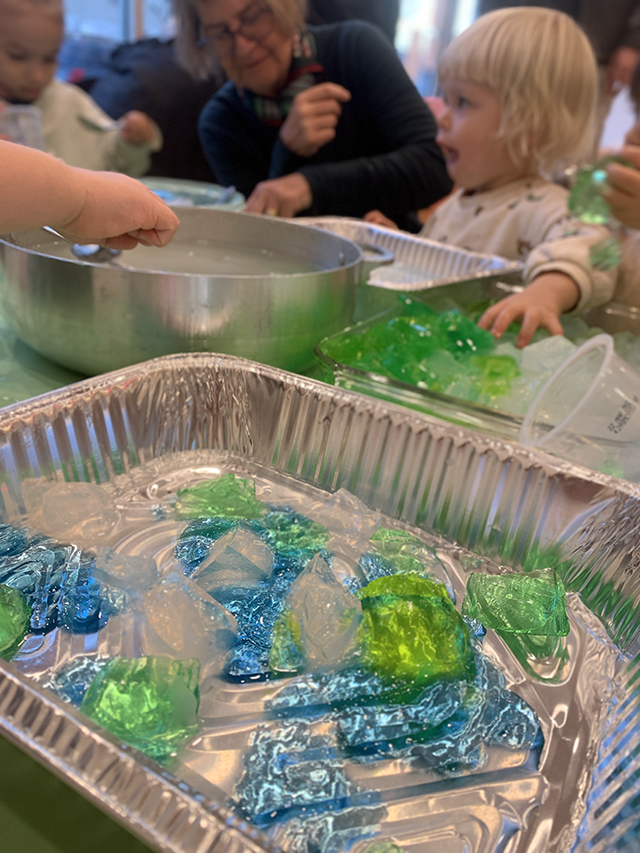
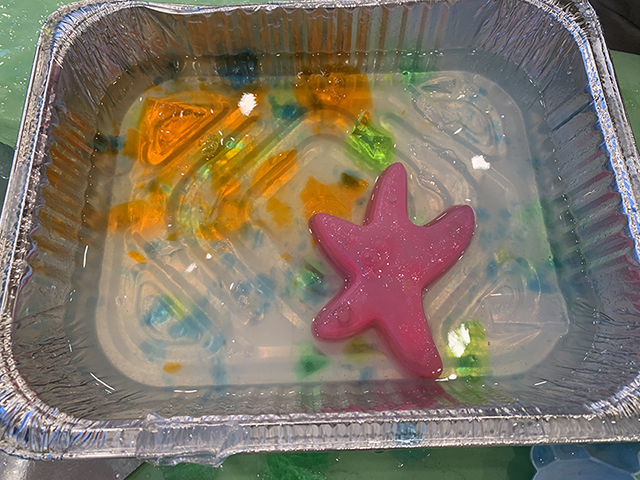
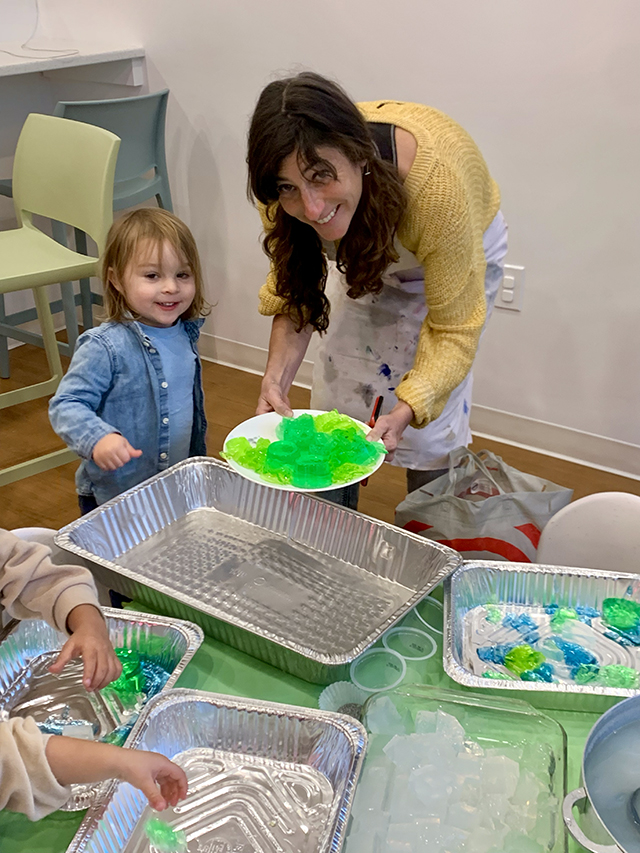
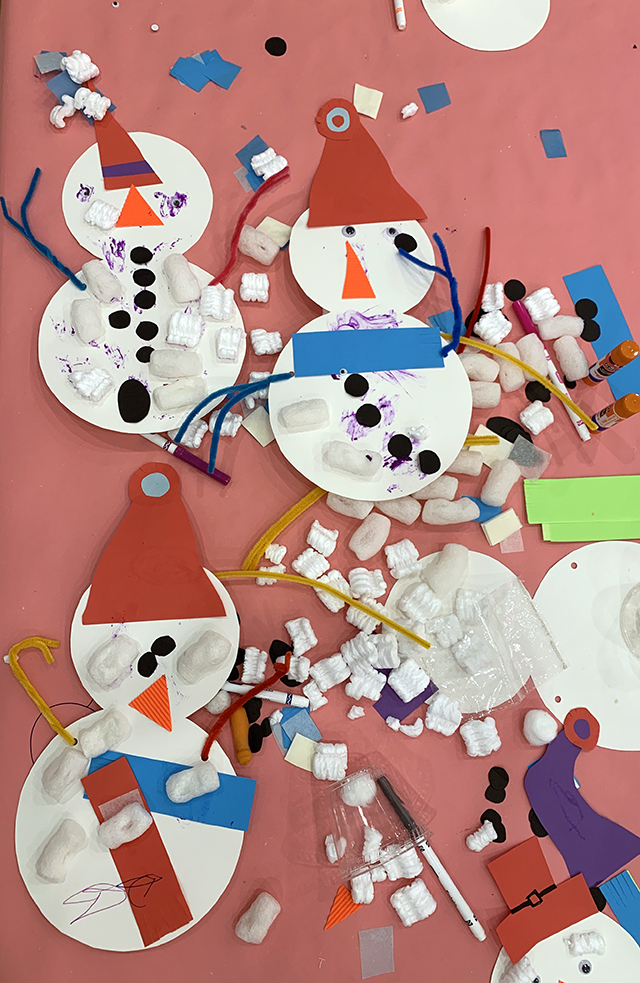
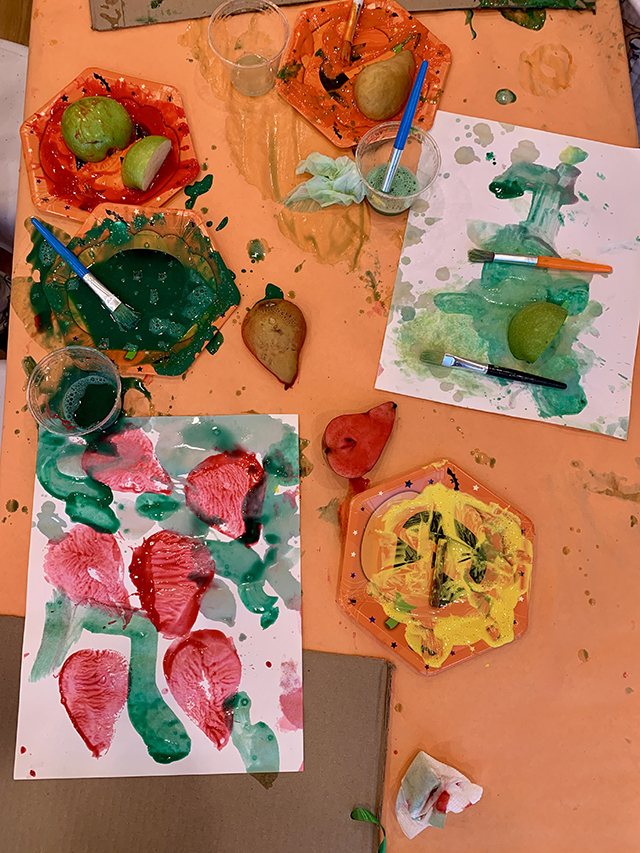
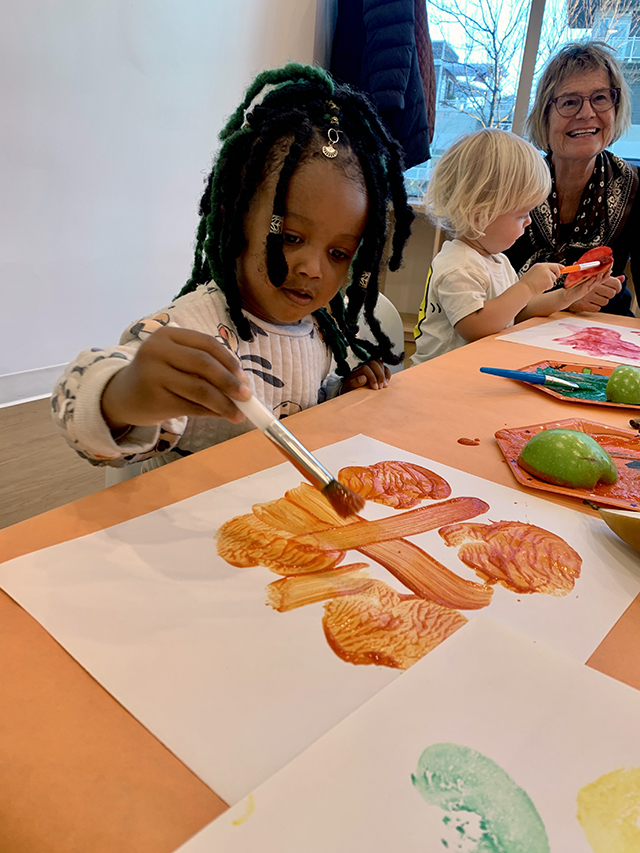
As the off-season settles in, Others on Beach 97th and the boardwalk invites us back for a second year of community dining, whale-gazing, hot coffees in cold wetsuits, a place to walk to when you feel weird inside, a spot to fall in love, a place to cry, and a space for creative gatherings and music listening.
Others is a collaboration between the culinary talents of Washed Up Cafe (@washedup.nyc) and Brothers (@brothersrockaway), bringing Rockaway folks bold coffees, breakfast burritos loaded with tater tots, creamy ricotta toast with sweet carrot toppings, warm pesto egg sandwiches, dopamine-style sweet treats, Zak Daddy smash burgers, and pop-up dinners by guest chefs.

This Saturday I’ll be teaching the first collage workshop from 10am-3pm. All supplies are provided, just bring your creativity! This event is free. Flyer designed by Carolin Wood.

Kimchi toast with an over-easy egg is one of my favs for breakfast at Others.
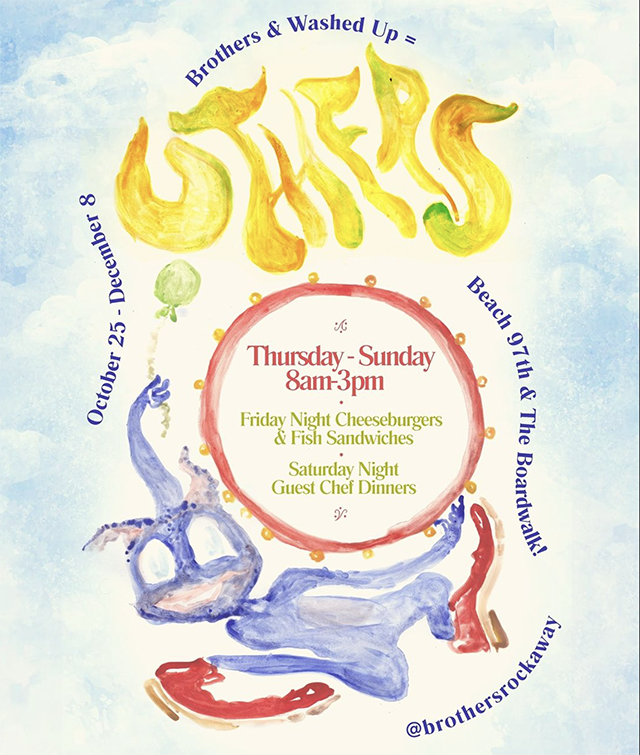
Flyer designed by @deathspan
Here’s what’s happening at Others this season:
- Operating Hours: Others is open Thursday through Sunday for breakfast and lunch from 8 AM to 3 PM through December 8th. Don’t miss a day.
- Friday Nights: A menu featuring Zak’s signature cheeseburgers and Brothers’ popular fish sandwiches.
- Saturday Nights: Special guest chef pop-up dinners, with unique menus and a lively atmosphere with band and DJ’s.
- Art Club: Carolin Wood’s beloved collage workshop is back. Adults, children, family’s and dogs are welcome. Check her Instagram page (@carolin_wood) for dates, times and more details. There will be other creative events and special guest artists (Ehem!). Join for inspiring experiences that will spark your imagination.
Others celebrates the awkward time in Rockaway after the wild ride of summer and before the holiday frazzle. Actually, this time of year is called… calm = fun. It’s a time for shifting perspectives, inviting us to appreciate the simple joys and connect with our missed connections, and embrace the spirit of change.
For more on where to be during the off-season, follow The Tomato on Instagram – @theglorifiedtomato























